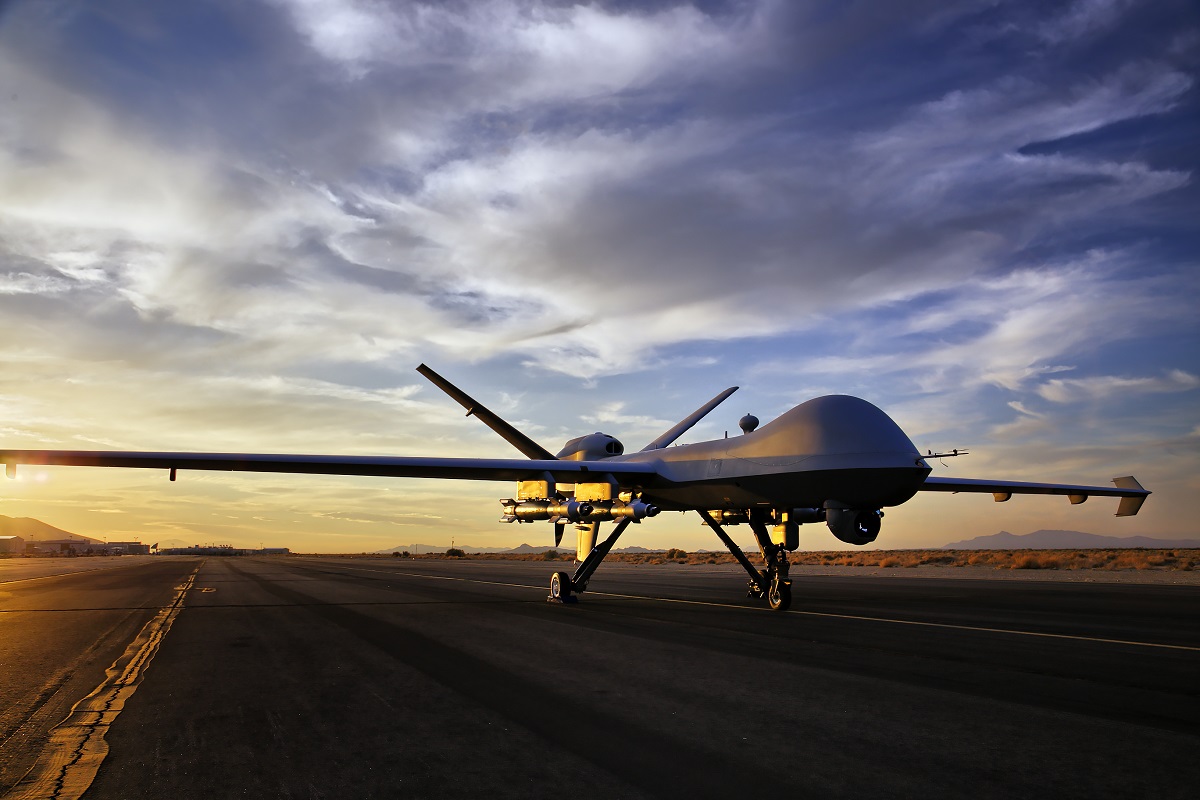The US may restrict MQ-9 Reaper flights in Syria or start using F-16 and F-35 fighter jets to escort drones amid Russian aggression

In less than a week, Russian fighter jets have damaged two U.S. MQ-9 Reaper drones, estimated to be worth tens of millions of dollars. The incidents have raised questions about how the US can defend its drones, which are not armed with air-to-air missiles.
Here's What We Know
On 23 July, a Su-35 fighter jet fired a heat trap at the MQ-9 Reaper and damaged the propeller. The operator retained control of the drone and was able to get it back to base. A few days later, Su-35 and Su-34 aircraft approached another MQ-9. One of the fighters fired flares and damaged the wing in several places.
On July 23 Russian military aircraft deployed flares, damaging a U.S. MQ-9 while conducting a defeat-ISIS mission. For the full statement by Lt. Gen. Alex Grynkewich, Commander, 9th AF (AFCENT) visithttps://t.co/5cQm8MQ6aQ@CENTCOM @DeptofDefense @usairforce @CJTFOIR pic.twitter.com/ViVTI3P05i
- US AFCENT (@USAFCENT) July 25, 2023
A few years ago, the US and Russia created a communication channel between the commanders of the two countries to address such issues and avoid unintended collisions. However, lately it has been filled with complaints and the situation has not been resolved in any way.
Now there are three ways of development. First, the US can reduce MQ-9 Reaper operations in northwestern Syria. This would shut down the flow of intelligence and limit the US military's ability to strike ISIS positions in the region. In addition, the disadvantage of this solution is that it would signal to russia the effectiveness of aggressive action in the skies.

Second, the US could use fighter jets to escort the MQ-9 Reaper. F-22 Raptors arrived in the Middle East last month, but they have already left the region. Their redeployment was also dictated by aggressive flying by Russian aircraft.
The US can now use the F-16 Fighting Falcon fighter, which have been operating here for weeks, and the F-35 Lightning II, which arrived in Jordan the day before the second attack on MQ-9. But using manned aircraft could pose additional risks, as it would put pilots' lives at risk.

The third and most realistic option, at least in the short term, is to continue flying the MQ-9 Reaper and documenting instances of Russian provocations. For example, the US Department of Defence decided to publish a video of the MQ-9 incident of 23 July, which is rare. The same was done in the spring when the US sank a Reaper in the Black Sea. However, the Pentagon did not make the video of the situation that occurred on 26 July with another Reaper public.